Modern Algebra 1 - Fall 2021
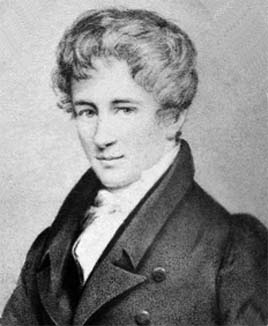
Niels Henrik Abel, 1802-1829 |
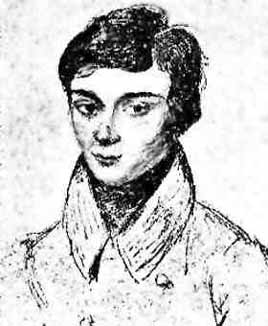
Evariste Galois, 1811-1832 |
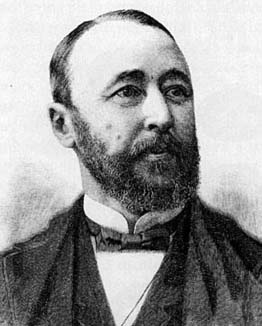
Peter Ludwig Sylow, 1832-1918 |
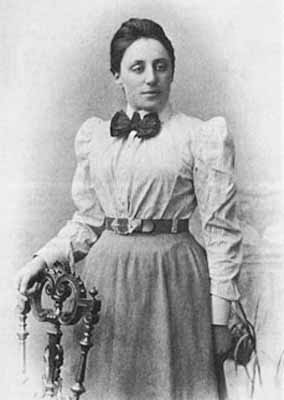
Emmy Noether, 1882-1935 |
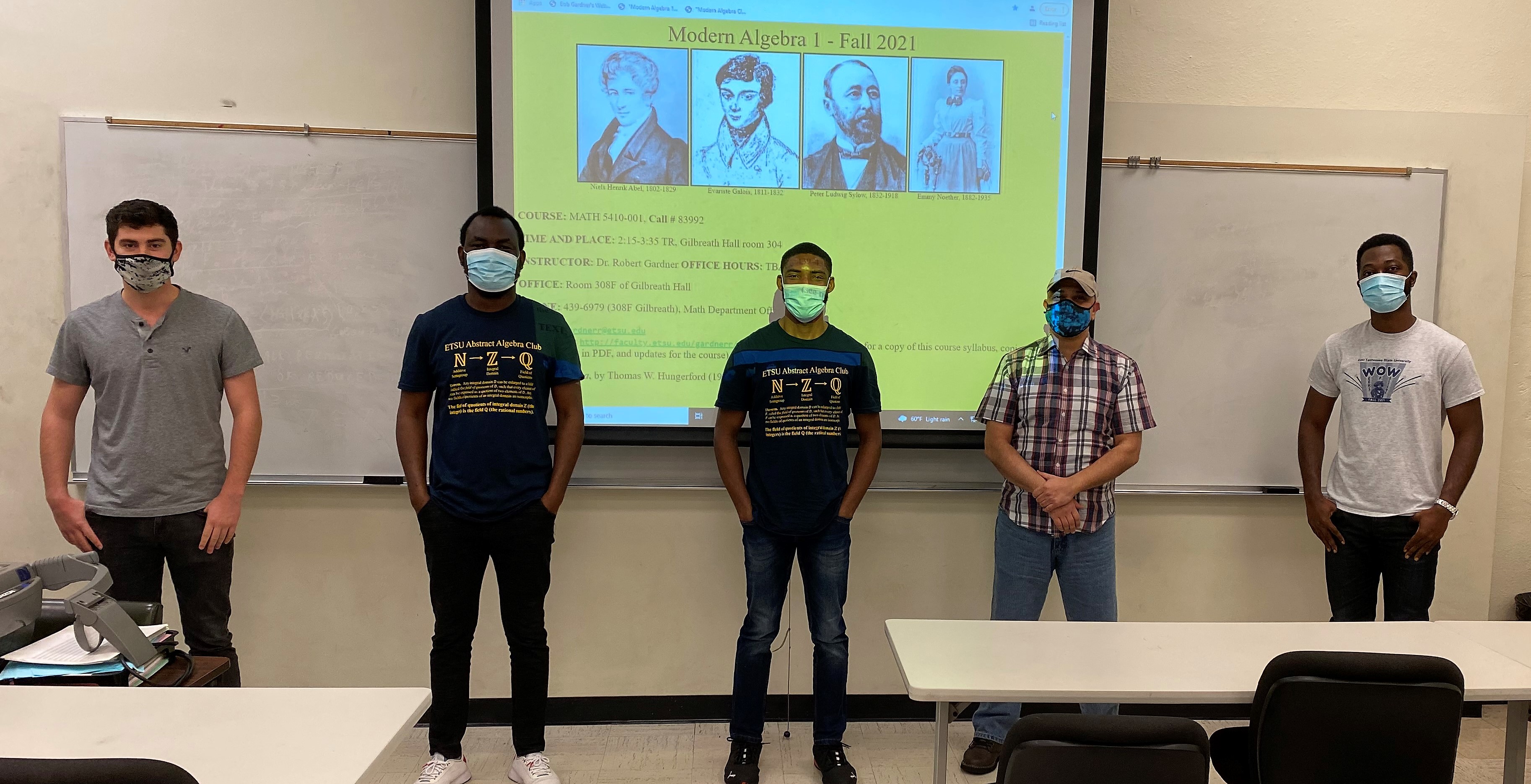
The Fall 2021 Class
COURSE: MATH 5410-001,
Call # 83992
TIME AND PLACE: 2:15-3:35 TR, Gilbreath Hall room 304
INSTRUCTOR: Dr. Robert Gardner
OFFICE HOURS: TBA
OFFICE: Room 308F of Gilbreath Hall
PHONE: 439-6979 (308F Gilbreath), Math Department Office 439-4349
E-MAIL:gardnerr@etsu.edu
WEBPAGE: http://faculty.etsu.edu/gardnerr/gardner.htm
(see my webpage for a copy of this course syllabus, copies of the classnotes in PDF, and updates for the course).
TEXT: Algebra, by Thomas W. Hungerford (1974).
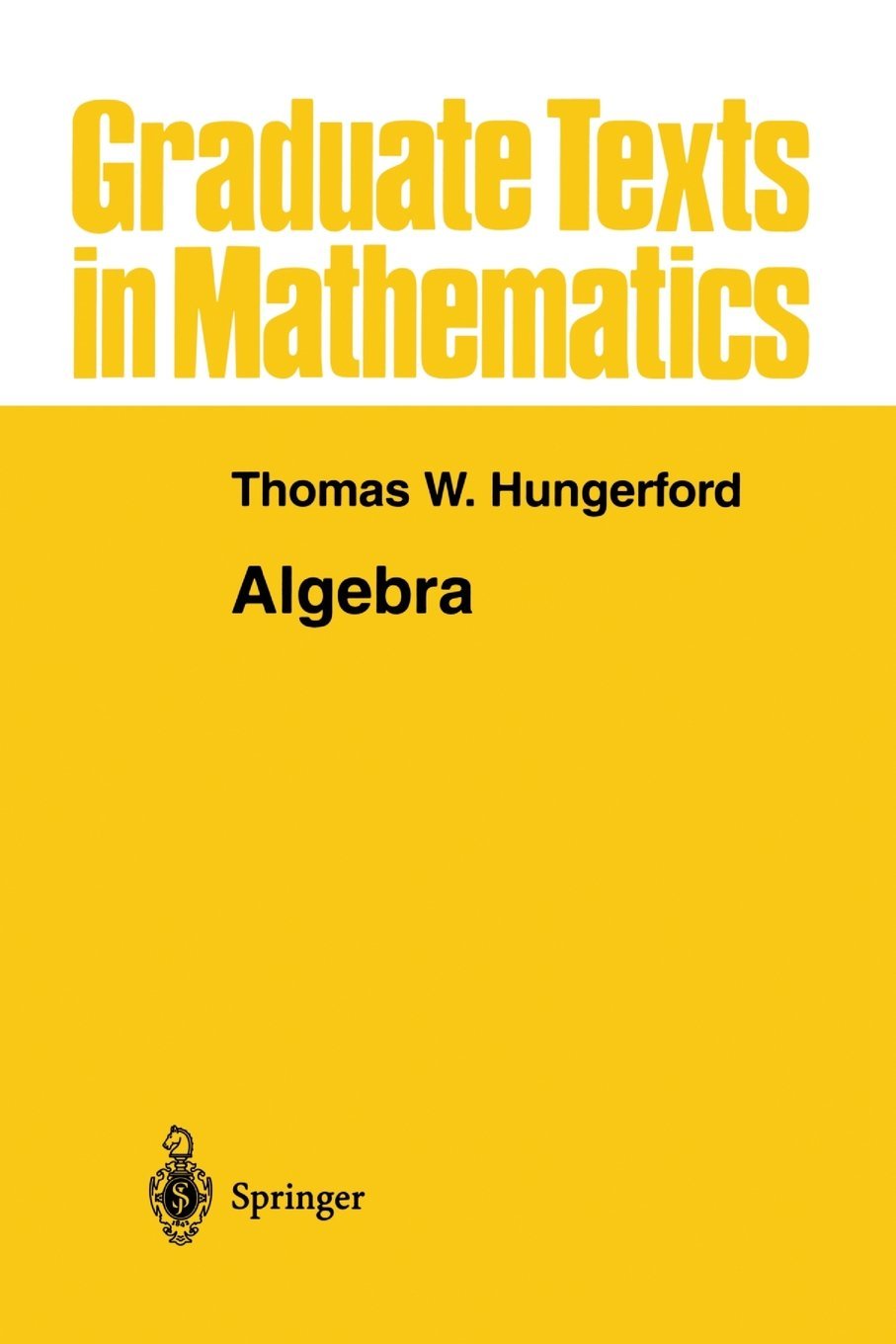
CLASS NOTES:
We will use digital notes for the presentation of definitions, examples, and proofs of some theorems.
Copies of the Modern Algebra 1 group theory notes are online.
You should read the online notes to be covered in class before each class (we may not have class time to cover every little detail in the online notes). Try to understand the definitions, the examples, and the meanings of the theorems. After each class, you should read the section of the book covered in that class, paying particular attention to examples and proofs.
VIDEOS: Videos are available for each section covered. Videos are accessible through my Online Modern Algebra: Groups webpage which includes links to ETSU's Panopto Host.
ADDITIONAL REFERENCES:
A First Course in Abstract Algebra, 7th Edition, John B. Fraleigh, NY: Addison-Wesley, 2003.
Abstract Algebra, 3rd Edition, David S. Dummit and Richard M. Foote, Hoboken, NJ: John Wiley and Sons, 2004.
Visual Group Theory by Nathan Carter, New York: Mathematical Association of America, 2009. I will use this resource for some motivational and geometric examples.
A History of Abstract Algebra, by Isreal Kleiner, Boston: Birkhauser, 2007. As time permits, I will insert some historical comments and this is a reliable source of such information.
PREREQUISITE: As the ETSU catalog states, the prerequisite for this class is Introduction to Modern Algebra (MATH 4127/5127).
HOMEWORK: YOU MUST SHOW ALL DETAILS ON THE HOMEWORK PROBLEMS!!! Justify every step and claim you make - this is how you convince me that you know what you are doing. You may find some answers online, but these rarely sufficiently justify all steps and are unacceptable as homework solutions.
ACADEMIC MISCONDUCT:
While I suspect that you may work with each other on the homework problems (in fact, I encourage you to), I expect that the work you turn in is your own and that you understand it. Some of the homework problems are fairly standard for this class, and you may find proofs online or in an online version of the solutions manual. The online proofs may not be done with the notation, definitions, and specific methods which we are developing and, therefore, are not acceptable for this class.
If I get homework from two (or more) of you that is virtually identical, then neither of you will get any credit. If you copy homework solutions from an online source, then you will get no credit. These are examples of plagiarism
and I will have to act on this as spelled out on ETSU's "Academic Integrity @ ETSU" webpage (last accessed 2/19/2021). To avoid this, do not copy homework and turn it in as your own!!!
Even if you collaborate with someone, if you write the homework problems out in such a way that you understand all of the little steps and details, then it will be unique and your own work.
If your homework is identical to one of your classmates, with the exception of using different symbols/variables and changing "hence" to "therefore," then we have a problem! If you copy a solution from a solution manual or from a website, then we have a problem!
I will not hesitate to charge you with academic misconduct under these conditions. When such a charge is lodged, the dean of the School of Graduate Studies is contacted. Repeated or flagrant academic misconduct violations can lead to suspension and/or expulsion from the university (the final decision is made by the School of Graduate studies and the graduate dean, Dr. McGee).
GRADING: Homework (H) to be turned in will be assigned regularly. We will have two tests (T1 and T2) and your average will be computed as follows:
AVERAGE = (3H + T1 + T2)/5.
Grades will be assigned based on a 10 point scale with "plus" and "minus" grades being assigned as appropriate. Based on the assignment of grad points by ETSU, the plus and minus grades should be given on a 3 point subscale. For example, a B+ corresponds to an average of 87, 88, or 89; an A- corresponds to an average of 90, 91, or 92; an A corresponds to an average of 93 to 100 (ETSU does not grant A+ grades, nor passing graduate grades lower than C), etc. Remember that the lowest passing grade in a graduate course is a C, so you need an average of 73% on all assignments in order to pass this class.
DESIRE2LEARN: I will not rely much on the Desire2Learn ("elearn") website. Instead, I will simply post all material directly on the internet. However, I will post your grades and homework solutions on D2L.
NOTE: When we compare the undergraduate and graduate analysis sequences, we see that the material covered in the graduate class consists mostly of generalizations of the undergraduate material (for example, the undergraduate class covers Riemann integration and the graduate class covers Lebesgue measure and Lebesgue integration). This is not the case for the undergraduate and graduate algebra sequences, however. In Introduction to Modern Algebra 1 and 2 (MATH 4127/5127, MATH 4137/5137) you are introduced to the structures of modern algebra (groups, rings, fields, quotient groups, ideals, extension fields, algebraically closed fields, solvable polynomial equations). You elaborate on these structures with many examples and state numerous theorems which illustrate the properties and relations between them. However, there is only enough time to prove a limited number of the results. In this graduate sequence, we assume a familiarity with the structures discussed and go into more depth and many more proofs.
In this class, we try to cover all of the material on group theory (sections I.1 through II.8 in the text).
SYLLABUS ATTACHMENT: You can find an on-line version of the university's syllabus attachment (which contains general information concerning advisement, honor codes, dropping, etc.; last accessed 8/10/2021).
COVID-19 SAFETY POLICIES: You can find material on ETSU's COVID-19 polcies on the Modified Stage 4 Frequently Asked Questions (FAQs) webpage (last accessed 7/26/2021; document last updated 6/21/2021)).
This document includes the following questions/comments:
- 6(c). Faculty may not ask students if they are vaccinated.
- 6(d). Faculty may not require students to wear a face-covering.
- 11(b). Any member of the university community who has been fully vaccinated but wishes to continue wearing a facial is encouraged to do so. We ask that
you provide a supportive culture for those who continue this practice.
- 11(c). Individuals should not ask a person’s COVID-19 vaccination status...
- 18. Will students be required to get a COVID-19 Vaccine?
(a) Not at this time. However, students are strongly encouraged to get a vaccine.
- 48(b). If you have any symptoms of COVID-19, do not report to campus for work or class. You should immediately notify your supervisor and/or professor and follow guidelines for seeking medical care and self-quarantining.
COVID-19 TESTING: Any student, faculty or staff member experiencing COVID-19 symptoms may contact the University Health Center (located in Nick's Hall) to schedule a test: 423-439-4225 (Monday-Friday, 8 a.m.-4:30 p.m.) and 1-888-915-7299 (after hours). COVID-19 testing is also available at the ETSU Health COVID-19 Community Collection Site (325 N State of Franklin). Appointments are required and results are available to patients within 24 hours.
COVID-19 VACCINES: ETSU runs sporadic vaccine clinics. These clinics do not require an appointment. Details are on the COVID-19 Vaccine Clinics webpage.
You can get vaccines and MANY of the local pharmacies, including the Kroger Pharmacy at 1805 West State of Franklin Road (just west of campus). All vaccines are free. More information on the vaccine is at Vaccines.Gov; you can search this site for other local vaccination locations.
ETSU MASK POLICY: The lastest information of mask requirements is on the ETSU's mask policy website.
COVID-19 POLICIES FOR THIS CLASS: Since ETSU has no vaccine mandate, then we can only assume that there are unvaccinated students in this class.
As such, the (fully vaccinated) instructor will likely wear a mask during class. This may result in somewhat muffled lectures, but all classnotes are online and the lectures will closely adhere to the notes. Since this is a small class, then students are strongly encouraged to socially distance by sitting at least 6 feet apart.
In the event that on-ground classes shift to online due to a new outbreak on campus, we will adjust the grading scale given above (we will replace the in-class test grade(s) with your grade on the homework assignments).
Remember, students are "strongly encouraged to get a vaccine."
Vaccinations are the best way to avoid spreading COVID-19 and the best way to make the use of masks unnecesary.
IMPORTANT DATES:
(see the official ETSU calendar for more details; accessed 2/19/2021):
- Monday, August 23 = First day of classes.
- Sunday, August 29 = Last day to register or add without departmental permit.
- Wednesday, September 1 = Last day for graduate students to apply for spring 2022 graduation and to submit committee forms.
- Sunday, September 5 = Last day to drop without a grade of "W."
- Monday, September 6 = Labor Day (univeristy closed, no classes).
- Tuesday, September 7 = Begin late add with dean's permission.
- Monday and Tuesday, October 11 and 12 = Break Day (no classes).
- Thursday, October 14 = Test 1 (I.1-I.5).
- Monday, October 18 = Last day to drop without dean's permission.
- Monday, October 18 = Last day to schedule oral defense of thesis for December 2021 graduation.
- Monday, November 1 = Last day to complete oral defense of thesis for December 2021 graduation.
- Monday, November 8 = Deadline to upload approved thesis for December 2021 graduation.
- Thursday, November 11 = Veterans Day holiday (university closed, no classes).
- Wednesday, Thursday, and Friday, November 24, 25, and 26 = Thanksgiving holiday (univerity closed, no classes).
- Wednesday, December 1 = Last day to withdraw from the university.
- Friday, December 3 = Last day of classes.
- Tuesday, December 7 = Test 2 (I.6, I.9, II.4, II.5).
The ETSU Abstract Algebra Club
As a student in this class, you will be enrolled in the ETSU Abstract Algebra Club. A description of the club is online
here. We should have at least one formal meeting per semester.
Other Supplemental Material
- A brief historical presentation on the relationship between classical algebra (polynomials, factoring, and so forth) and modern algebra (groups rings and fields) is given in A Student’s Question: Why The Hell Am I In This Class?.
I use this as a supplement in Introduction to Modern Algebra (MATH 4127/5127) to motivate the study of group theory and to put it in a historical perspective.
- October 2011 marked the bicentennial of the birth of Evariste Galois, one of the giant figures in modern algebra. To celebrate this anniversary, I prepared a seminar presentation. Details can be found on the seminar and the presentation itself online. A YouTube video of the presentation is here.
- Information on the Nova episode The Mathematical Mystery Tour from 1985 can be found on my webpage
http://faculty.etsu.edu/gardnerr/Math-Mystery-Tour/mathematical-Mystery-Tour.htm. The webpage includes a link to the YouTube site which contains the show.
- A more contemporary documentary is The Story of Maths, a BBC production from 2008. This is a four part series and all of this series is available online:
The Story of Maths.
(In fact, this is posted on an excellent website which includes a number of documentaries and is a "must visit":
Top Documentary Films!) Also of interest is the
Wikipedia page for The Story of Maths. The series is available from a number of online streaming video sources, as revealed by a Google search. This websites were all active as of 6/29/2019.
- A lighter documentary on the history of math is The Story of One, narrated by Monty Python-er Terry Jones. It is also a BBC production and dates from 2005. If you are involved in teaching, this is a nice documentary which should be accessible by highs schoolers and middle schoolers. It is on TopDocumentaryFilms at: http://topdocumentaryfilms.com/story-of-one/ (last accessed 6/29/2019).
Our tentative schedule for the year is as follows:
| MODERN ALGEBRA 1 |
| I.1. Semigroups, Monoids, and Groups |
| I.2. Homomorphisms and Subgroups |
| I.3. Cyclic Groups |
| I.4. Cosets and Counting |
| I.5. Normality, Quotient Groups, and Homomorphisms |
| I.6. Symmetric, Alternating, and Dihedral Groups |
| I.7. Categories: Products, Coproducts, and Free Objects |
| I.8. Direct Products and Direct Sums |
| I.9. Free Groups, Free Products, Generators & Relations |
| II.1. Free Abelian Groups |
| II.2. Finitely Generated Abelian Groups |
| II.3. The Krull-Schmidt Theorem |
| II.4. The Action of a Group on a Set |
| II.5. The Sylow Theorems |
| II.6. Classification of Finite Groups |
| Supplement: Direct Products and Semidirect Products (time permitting) |
| II.7. Nilpotent and Solvable Groups (time permitting) |
| II.8. Normal and Subnormal Series (time permitting) |
Homework
| HW |
Section |
Problems |
Due Date |
Points |
| HW 1 |
I.1. Semigroups, Monoids, and Groups |
7, 9a, 15 |
Thursday, September 2 |
5 + 5 + 5 = 15 |
| HW 2 |
I.2. Homomorphisms and Subgroups |
5, 6, 7 |
Thursday, September 9 |
5 + 5 + 5 = 15 |
| HW 3 |
I.2. Homomorphisms and Subgroups
I.3. Cyclic Groups |
9(a), 11, BONUS: 15(a)
1 |
Thursday, September 16 |
5 + 5 + (5) + 5 = 15 + (5) |
| HW 4 |
I.3. Cyclic Groups |
4, 9, 10 |
Thursday, September 23 |
5 + 5 + 5 = 15 |
| HW 5 |
I.4. Cosets and Counting |
3, 4, 6 |
Thursday, September 30 |
5 + 5 + 5 = 15 |
| HW 6 |
I.5. Normality, Quotient Groups, and Homomorphisms |
1, 4, 6 |
Friday, October 8 |
5 + 5 + 5 = 15 |
| HW 7 |
I.5. Normality, Quotient Groups, and Homomorphisms |
16, 19, 20 |
Tuesday, October 26 |
5 + 5 + 5 = 15 |
| HW 8 |
I.6. Symmetric, Alternating, and Dihedral Groups |
2, 5, 6 |
Tuesday, November 2 |
5 + 5 + 5 = 15 |
| HW 9 |
I.6. Symmetric, Alternating, and Dihedral Groups |
8, 9, 12 |
Tuesday, November 9 |
5 + 5 + 5 = 15 |
| HW 10 |
I.9. Symmetric, Alternating, and Dihedral Groups |
1, 6, 9 |
Tuesday, November 23 |
5 + 5 + 5 = 15 |
| HW 11 |
II.4. The Action of a Group on a Set |
1(a), 1(b), 1(c); Bonus: 7 |
Thursday, December 2 |
5 + 5 + 5 = 15 |
| Test 2 |
II.5. The Sylow Theorems |
II.5.5 |
Tuesday, December 7 |
- |
| TOTAL |
- |
- |
- |
165 + (10) |
The numbers in parentheses represent bonus problems.
Return to Bob Gardner's home page
Last updated: November 29, 2021.









